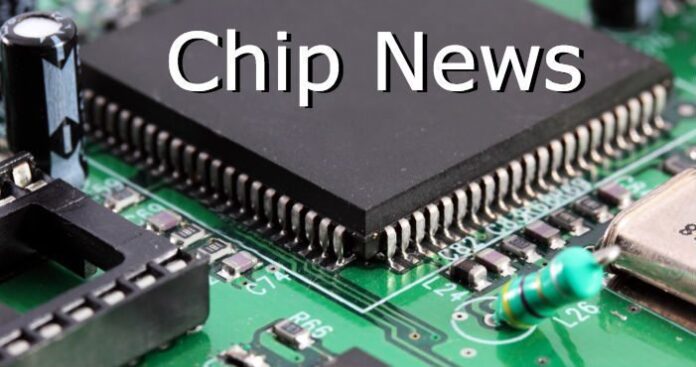Altera FPGA solution speeds up test and measurement
Altera (ALTR) says its Stratix 10 FPGAs (field-programmable gate arrays) and SoCs are delivering 2X core performance gain in their designs compared to previous generation high-performance programmable devices. Built on Intel’s 14 nanometer Tri-Gate process, the chips are in tests with several customers and leverage a variety of hardware design approaches, including ASIC replacement designs, traditional high-performance FPGA communication designs and high-throughput data center and computation designs. Without exception, customers experienced a 2X performance gain, according to Altera.
“Altera’s claim of 2X performance improvements seemed unimaginable when we first engaged in its Stratix 10 FPGA early access program,” said Bernd Liebetrau, head of CoC digital integration at Rohde & Schwarz. “After only a few days working together and receiving great guidance from Altera technical staff, we were able to run one of our existing designs through Altera’s design tools and experience over twice the performance that our design previously ran. This level of performance will open up new applications for us that were previously unheard of in an FPGA.”
Intel’s “Make it Wearable” Challenge
American student Mael Flament has won Round 2 of Intel’s “Make it Wearable” challenge with his idea of an invisible tattoo that will dynamically update an individual’s health and prescription information. Flament and Intel see the potential to save lives by speeding up the delivery of critical information to healthcare providers during emergencies.
Flament is also the visionary behind a version of the Peltier jacket that could double as a smartphone charger. The Peltier jacket envisioned by Flament would use body heat to warm its wearer until the person went indoors. Then the jacket would use the wearer’s body heat to charge her smartphone.
Freescale and Broadcom collaborate on car camera chips
We don’t often think about all the wires inside our cars, but there are a lot of them, and automakers can cut costs by simplifying connections inside cars. That’s the idea behind a collaboration between Broadcom and Freescale to reduce the wiring needed to connect car cameras.
The solution combines Broadcom’s in-vehicle Ethernet technology with Freescale’s Qorivva MPC5606E microcontroller. The chip’s 8 mm x 8 mm footprint is meant to enable automakers to create smaller car cameras. Broadcom’s connectivity solution allows multiple in-vehicle systems to access information over a single cable.
Broadcom has been a pioneer in so-called ‘connected car’ solutions, and envisions a future that will include real-time streaming media delivered over wireless networks to the Ethernet connections in vehicles. Cameras that assist drivers are a more practical application of in-car Ethernet, and BMW is launching its x5 with cameras connected by Broadcom’s BroadR-Reach Ethernet solution. The collaboration with Freescale takes camera technology a step further by reducing camera size and creating the potential for multiple cameras mounted throughout the vehicle to give the driver a 360 view of the car.
Follow me on Twitter.

Chip news from Altera, Broadcom, Freescale, and Intel
ABOUT AUTHOR
